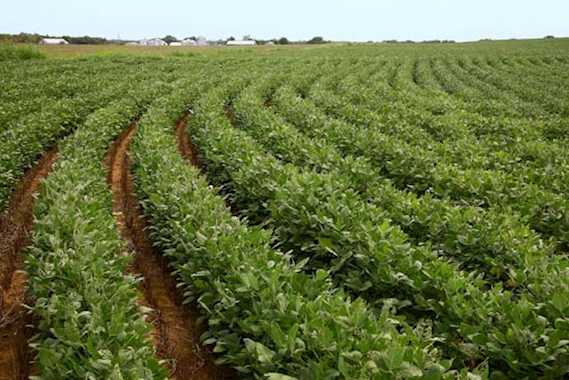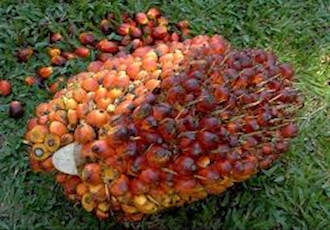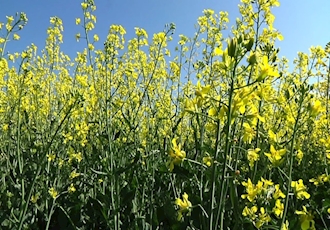Weather leans positive for prices
By Mike Verdin
Soybean futures started off this week where they ended the last – with upward movement, to take above 4% their recovery from a five-month low set a bit over a week ago.
Chicago soybean futures for March ended up 0.6% at $9.84 ¼ a bushel, ending above their 50-day moving average for the first time in a month, besides retaking 40-day and 200-day lines too.
US export data for last week weren’t bad for the oilseed, coming in at 1.42m tonnes, well ahead of the 1.24m tonnes the week before.
But the key reason for soybeans’ price headway was the growing concern over dryness in Argentina, a major grower of the oilseed, and the top exporter of soymeal and soyoil.
“Weather leans positive” for prices, said Richard Feltes at RJ O’Brien, noting that forecasts showed Argentina “trending drier into mid-February”.
“Trade estimates of the Argentine soy crop [in 2017-18] are slipping to 52m-54m tonnes,” compared with the US Department of Agriculture’s 56m tonne figure.
Notable soil moisture deficits
The “forecast continues to trend drier in Argentina” said Kyle Tapley at Radiant Solutions, formerly MDA.
“Most of central and southern Argentina should see only a few light showers this week,” he said.
“The forecast has continued to trend drier during the 6-15 day period, with below-normal rainfall expected to continue in central and southern areas.
“This would allow notable soil moisture deficits to develop, increasing stress on the corn and soybean crops in Argentina.”
Look for more upside
As an extra spur to bulls, the Argentina worries come as hedge funds have an elevated short position in the markets – potentially leaving them vulnerable should prices continue their rally.
“Look for more upside follow-through on soybeans in bid to pare back the large managed fund short,” Mr Feltes said, also flagging an extra reason to be upbeat on prices.
“Additionally, hear more talk that combo of larger 2018 planted area of cotton, milo, barley and hard red spring wheat, along with potential for larger prevent plant area, may trim 2018 US soy area more than current estimates suggest,” he added.
Soymeal itself offered support by closing up 2.0% at $338.20 a short ton, amid ideas of Argentina’s woes driving demand to the US.
For soyoil, prices eased by 0.5% to 32.16 cents a ound for March, feeling pressure from further weakness overnight in rival vegetable oil palm oil.
Blowing dust a problem
Wheat also traded higher in Chicago, by 0.7% to $4.25 ¾ a bushel for March delivery, again down in part to ideas of covering by funds of some of their substantial short position in the contract.
But there were also worries over cold weather in Russia and, moreso, over dryness in the US Plains.
While precipitation “in the firm of snow was noted in a portion hard red winter country”, Benson Quinn Commodities said, “many of the bigger wheat producing areas are again being slighted” in rainfall terms.
CHS Hedging said that while “rains fell in the far eastern areas of Kansas, Oklahoma and Texas, the bodies of those states will end up receiving little if any meaningful precipitation to help alleviate the dryness in those areas.
“The next two weeks look dry for most of the hard red winter wheat-growing areas.
In Texas at the weekend, “blowing dust was a problem, as some areas in that region have not seen any kind of precipitation in over 130 days”.
Source: agrimoney







